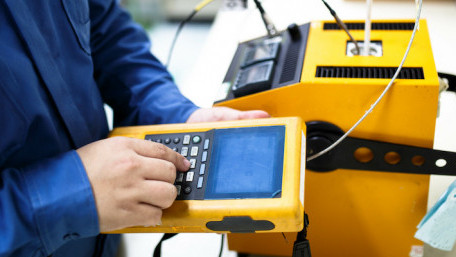
Calibration can be a time-consuming process requiring expensive traceable tools, but high-accuracy signals result in higher-quality products, better customer…
Calibration can be a time-consuming process requiring expensive traceable tools, but high-accuracy signals result in higher-quality products, better customer satisfaction, and, ultimately, greater returns.
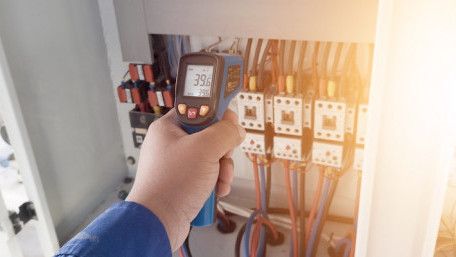
Operating just outside the visible light spectrum, infrared energy emits from anything with heat stored in it. Detecting…
Operating just outside the visible light spectrum, infrared energy emits from anything with heat stored in it. Detecting this energy, infrared sensors find use in applications from proximity detection to temperature measurement.
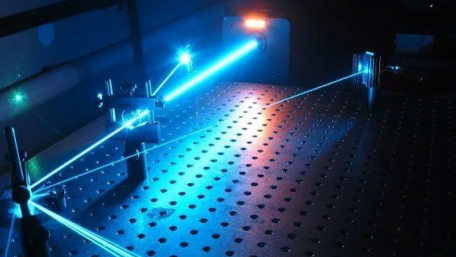
A subset of light is the focused cohesive beams that make up lasers, which can be used in optical sensing. These devices…
A subset of light is the focused cohesive beams that make up lasers, which can be used in optical sensing. These devices provide benefits of greater range, precision, and even mapping for mobile robotics.
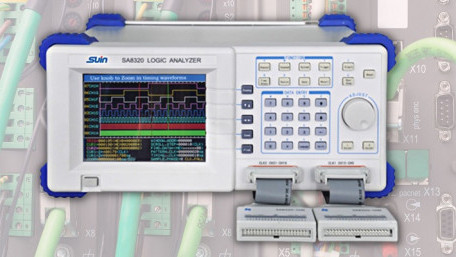
ASCII is a familiar acronym, found in applications like Modbus communications and string data types—but what is it, and…
ASCII is a familiar acronym, found in applications like Modbus communications and string data types—but what is it, and what does ASCII mean for automation engineers?

Cybersecurity is all about processes and people. A lot of threats can be mitigated through technology, but only if people…
Cybersecurity is all about processes and people. A lot of threats can be mitigated through technology, but only if people understand how cybersecurity affects control systems and related technology.
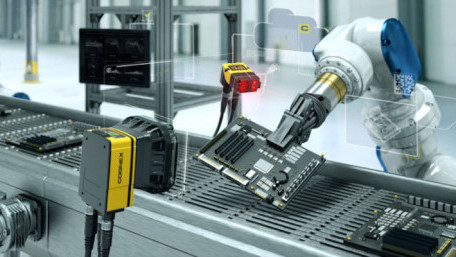
Industrial sensors can be found in nearly every modern industrial process, regardless of complexity. Learn the history,…
Industrial sensors can be found in nearly every modern industrial process, regardless of complexity. Learn the history, evolution, and variety of sensors that make manufacturing the modern marvel we see today.

Addressing cybersecurity threats introduced by IIoT technology and devices can quickly seem overwhelming. However, an…
Addressing cybersecurity threats introduced by IIoT technology and devices can quickly seem overwhelming. However, an understanding of the risks can lead to some straightforward countermeasures.
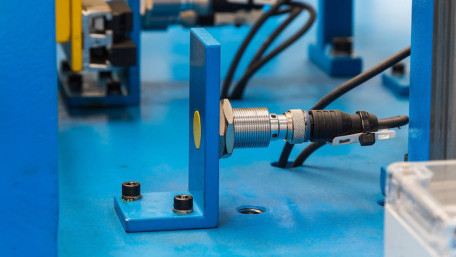
Operating voltage, linearity, dimensions, polarity protection, range… When it comes to sensors, every situation calls…
Operating voltage, linearity, dimensions, polarity protection, range… When it comes to sensors, every situation calls for understanding these specs in detail during design, purchasing, and installation.
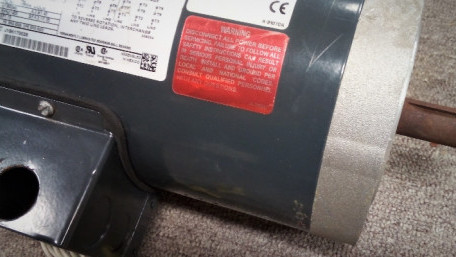
Large motors require a circuit to turn on and off. This may be as simple as a single on/off drum-type switch or as…
Large motors require a circuit to turn on and off. This may be as simple as a single on/off drum-type switch or as elaborate as a VFD unit. Learn about some common control circuit designs for typical three-phase motor requirements.
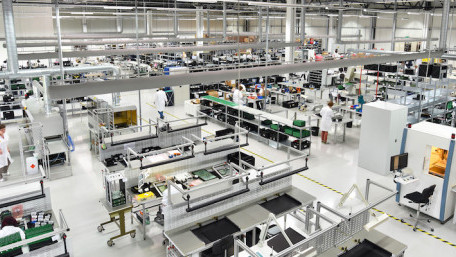
Power quality is an increasing concern for manufacturers all over the world as electrical equipment becomes more advanced…
Power quality is an increasing concern for manufacturers all over the world as electrical equipment becomes more advanced and therefore sensitive to discrepancies in the supplied power.
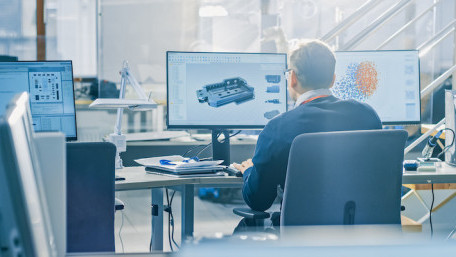
Machine learning is a subset of AI that allows a machine to learn using past data. Learn about the two categories of…
Machine learning is a subset of AI that allows a machine to learn using past data. Learn about the two categories of machine learning as well as four major machine learning models often used in industrial applications.

Memory for data is among the most pressing challenges to Industry 4.0. Given the evolving nature of Industry 4.0 and…
Memory for data is among the most pressing challenges to Industry 4.0. Given the evolving nature of Industry 4.0 and associated memory solutions, however, some memory-based trends are becoming apparent.
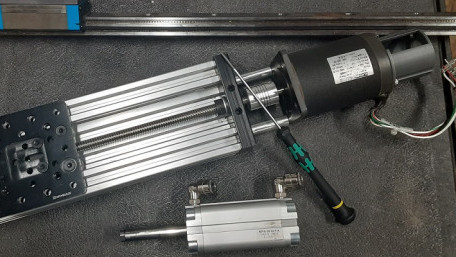
Actuators are used to control the motion of manufacturing devices and raw materials. This article will compare electric…
Actuators are used to control the motion of manufacturing devices and raw materials. This article will compare electric actuators and several types of fluid-power actuators.
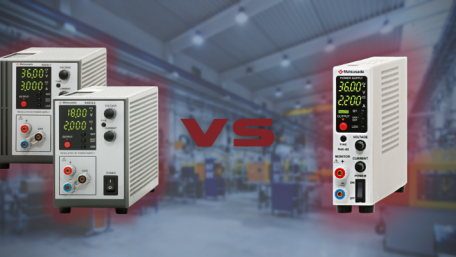
Linear and switch-mode power supplies provide direct current to power control components and electrical devices. Learn…
Linear and switch-mode power supplies provide direct current to power control components and electrical devices. Learn about the differences between the two power supplies and which one is best for your control system.
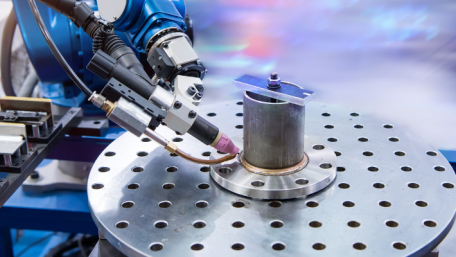
Programming robots may seem like a simple task of moving from point to point, like a really expensive game of Connect the…
Programming robots may seem like a simple task of moving from point to point, like a really expensive game of Connect the Dots. Linear, joint, and circular motion commands affect robot movement differently, each meant to be used in certain settings.
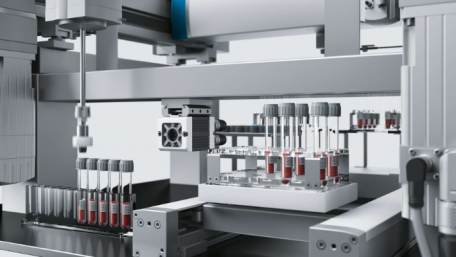
Total laboratory automation (TLA) helps in workforce utilization, reduced costs, and management of routine testing. Learn…
Total laboratory automation (TLA) helps in workforce utilization, reduced costs, and management of routine testing. Learn about what TLA is, its components, and what to consider before replacing a traditional laboratory.
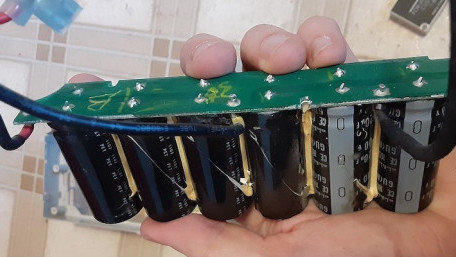
Variable frequency drive units can be found inside tons of control cabinets, but what happens if you disassemble one to…
Variable frequency drive units can be found inside tons of control cabinets, but what happens if you disassemble one to see what’s inside and how it works? We did just that. The results might surprise you.
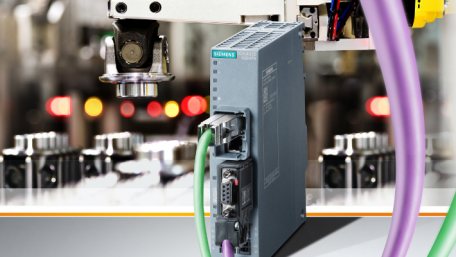
Network routers are designed to route and pass information between a system of connected computers and devices. Learn…
Network routers are designed to route and pass information between a system of connected computers and devices. Learn about the role of routers in industrial applications and how to properly maintain them.
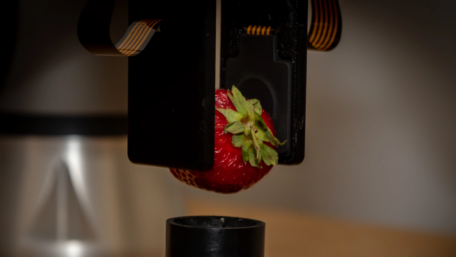
Using advanced sensing technology, robotic skin allows grippers and manipulators to “feel” and handle objects without…
Using advanced sensing technology, robotic skin allows grippers and manipulators to “feel” and handle objects without damaging them. While emulating human touch is still in its infancy, it does show promise for future applications.

Functional safety is the safety of a system and is critical for industries such as medical devices, automotive, railways,…
Functional safety is the safety of a system and is critical for industries such as medical devices, automotive, railways, and machinery. This article will focus on functional safety for machinery and the standards that help its implementation.
